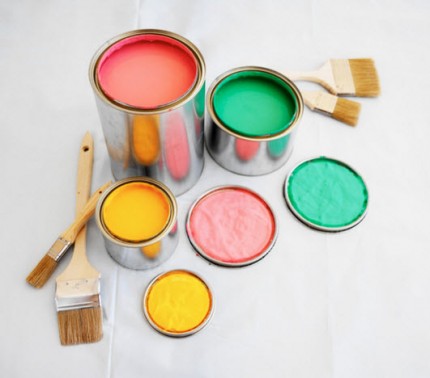Plainly painted walls can get boring but, without resorting to wallpaper, how can you give your walls the texture and style you want? The answer is with faux painting.
Faux painting describes the wide range of decorative painting techniques that replicate materials like marble, silk and wood using paint. It can enhance the mood, create texture and depth, and generally improve the appearance of a room, all at an affordable price. Different techniques of faux painting include:
- Sponge Painting: This is the easiest and most common technique. First, paint the walls your desired color. Then choose a second complementary color to use with the sponge. Once the walls are dry with your base color, take your painting sponge and dab the secondary color lightly on a small section of the wall. The pattern is up to you, but make sure you use the same style and coverage for the entire wall.
- Cross Hatch: As with sponge painting, paint your base color first. After that has dried, take your lighter second color and begin making quick, light brush strokes in an “x” pattern. Cumberland painters recommend using a large brush with thick bristles. Again, uniform style and coverage is important.
- Rag Rub: After you’ve applied your base color, grab a bunched up rag and dip it into your secondary color. Rub the rag on the wall and work it into a pattern of your choosing. Continue to add paint to the rag to make sure it’s not darker and lighter in different areas.
- Metallic Coating: Coating involves applying a metallic or very light top coat to your already painted walls. It gives the walls a shiny texture and assists light bounce off the walls, creating a more open feel.
- Plaster: Adding plaster to the walls may sound a little daunting but can be pretty easy as long as you apply it lightly. Venetian plaster can give your room an old world appeal. After a light, irregular application, simply paint over it.
Consistency is always important when it comes to faux painting. You always want to practice your technique on a small area to make sure that it is not only what you want, but also looks the way you envisioned it. When it comes to faux painting, practice most definitely makes perfect.




